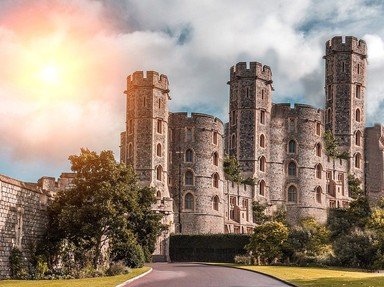Quiz Answer Key and Fun Facts
1. Who was the first King to die at Stirling Castle?
2. What was the name of the Abbey founded by David I in 1140 by the River Forth below the castle?
3. On the 11th September 1297, the Scots won a famous victory against the English at what battle fought close to the castle?
4. The Battle of Bannockburn was fought in 1314 near Stirling Castle. The Scots were heavily outnumbered but managed to defeat the English force led by Edward II of England.
5. James II murdered which earl in Stirling Castle in 1452?
6. James III was killed after the battle of Sauchieburn. What year was it fought in?
7. What is the name of the structure in Stirling Castle, built in 1496 by James IV when extensive building work was going on at the castle?
8. A coronation took place at Stirling Castle on 9th September 1543. Whose coronation was it?
9. The Chapel Royal you see today was built, or rather reconstructed from the one originally built by James IV, by James VI for the christening of his first son who would later be crowned Charles I of Scotland and England.
10. What monarch visited Stirling Castle in the 1990s?
Source: Author
ScottishGal
This quiz was reviewed by FunTrivia editor
trident before going online.
Any errors found in FunTrivia content are routinely corrected through our feedback system.


